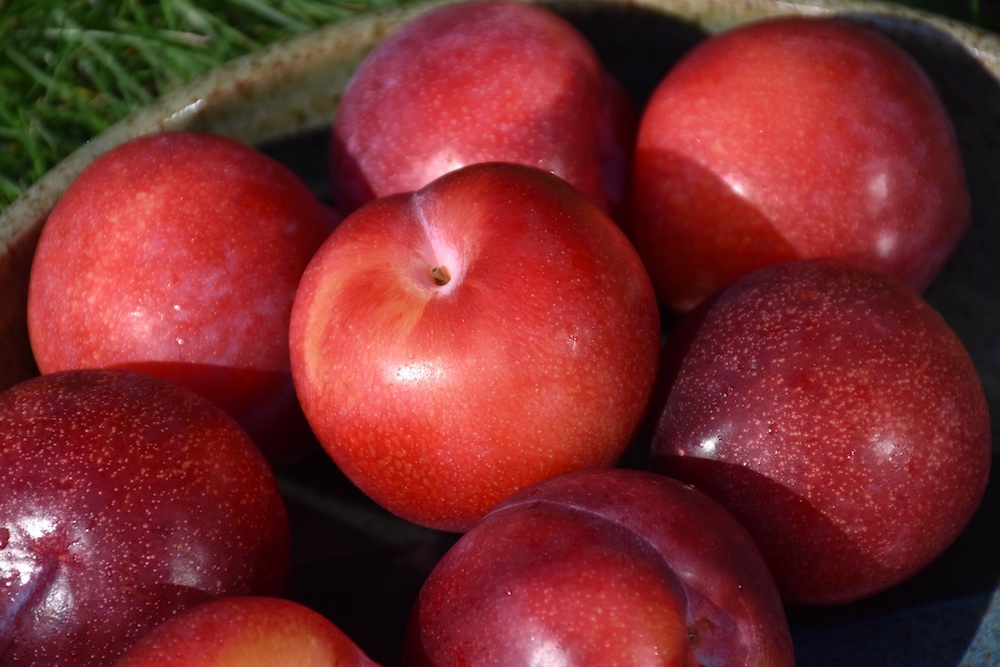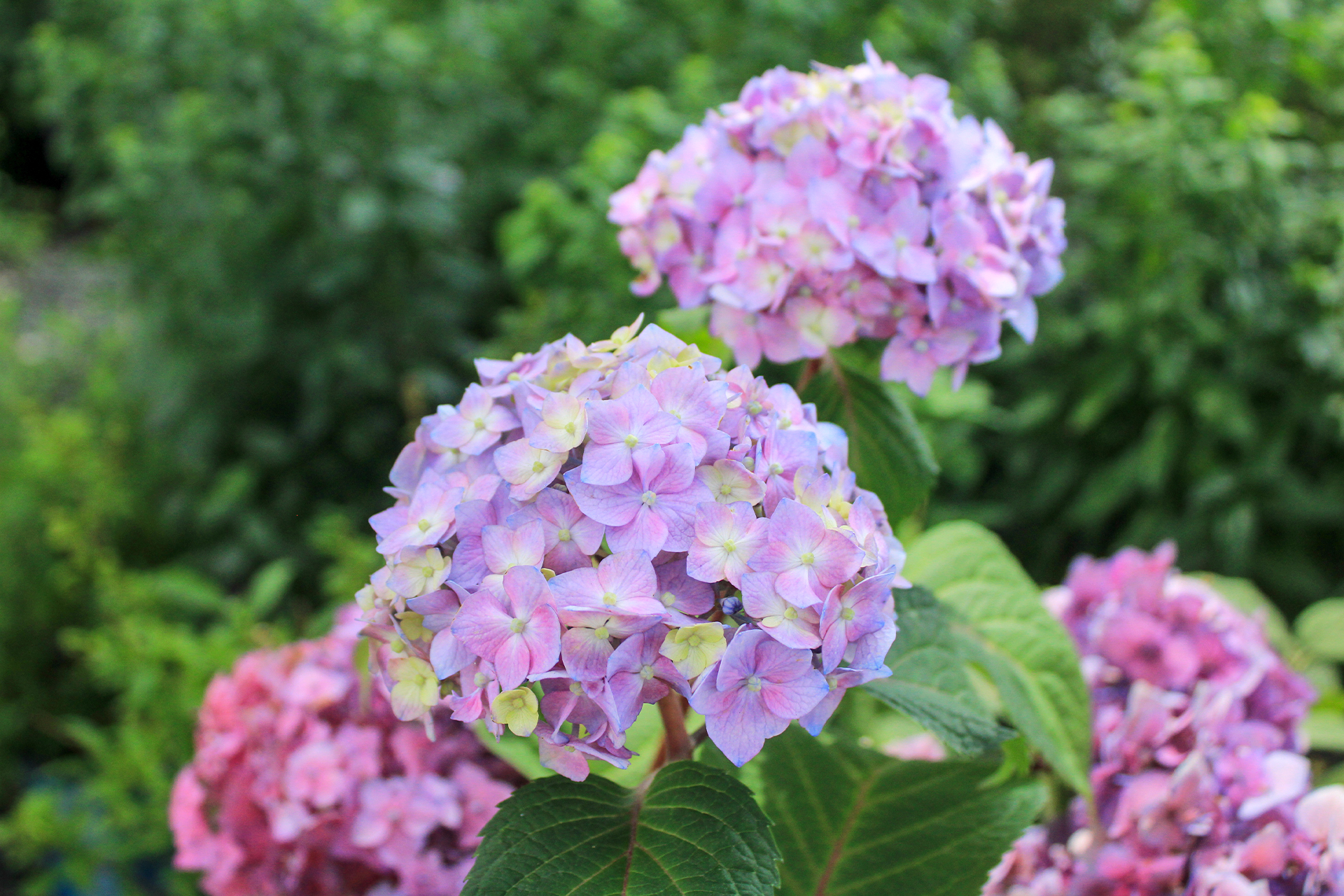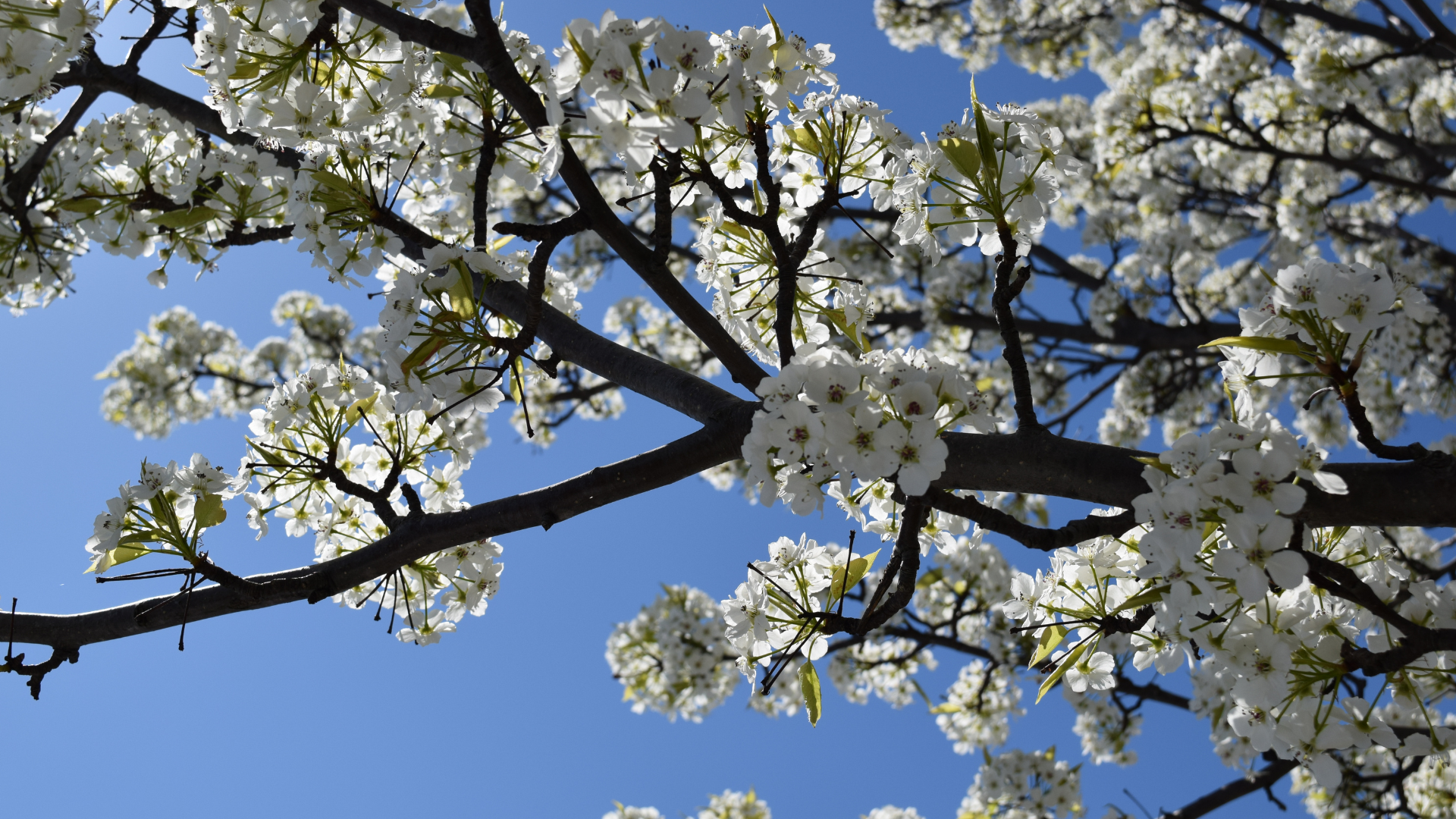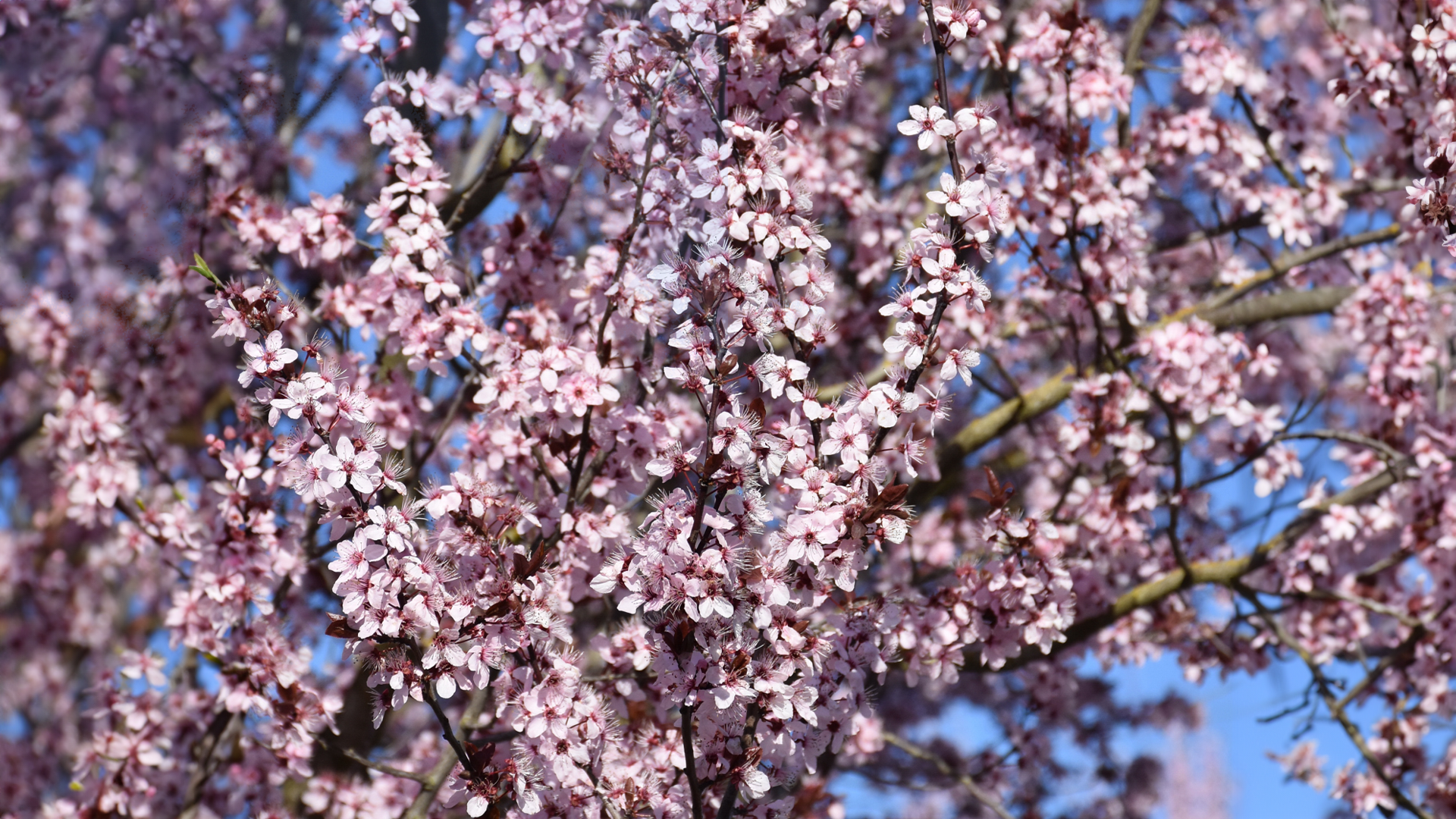Share

Growing for Your Kitchen: Feeding Your Fruit Trees
Feed your fruit trees before your fruit trees feed you! We spoke with Snr. Plant Doctor, Steve Packer and he taught us all about the what, when, and how of planting, feeding, and caring for your fruit trees!
What Types of Fruit Trees Grow in Northern Nevada?
As high desert gardeners we have a whole fruit basket of types of trees we can grow here in our climate. Varieties of Apples, Pears, Peaches, Plums, Nectarines and Cherries. See some examples of varieties that grow well here in Northern Nevada:
- Apples: Honeycrisp, Gala, Dwarf Golden Delicious, Granny Smith, Dwarf Red Delicious, Haralred, Red McIntosh, Pink Lady
- Pears: Dwarf Comice, 20th Century
- Peaches: Redhaven, Reliance, Dwarf Pix Zee
- Plums: Red Dwarf, Green Gage, Santa Rosa
- Nectarines: Necta Zee, Mericrest, Fantasia, Garden Delight, Goldmine
- Cherries: Stella, Montmorency, Utah Giant, Evan’s Bali, Lapins
Where and when should I plant my new fruit tree?
Fruit trees like at least 8 hours of sun a day, so make sure to pick a sunnier part of your yard. Fruit trees can be planted any time of year, really, but we suggest avoiding extreme temperatures to help your tree grow its best. Our favorite time to plant is late spring/early summer. It hasn’t gotten too hot, the ground is softer from the winter and spring precipitation which makes it easier for your new fruit tree to establish strong roots. It’s also a lot easier for you to dig holes!
Want more tips on how to plant a fruit tree? Check out our article on How Deep to Plant.
Do you think your yard is too small for fruit trees? Read our article on Planting Fruit Trees in a Small Yard.
What’s most important for fruit tree health?
Feeding them!!
What should I feed my fruit trees?
Here at Moana Nursery our favorite fruit tree fertilizer is G&B Organic’s Citrus & Fruit Tree Fertilizer. It’s specially formulated to provide fruit trees with the perfect mixture of Nitrogen, Phosphorus, and Potassium to give your fruit tree a head start and keep it fruiting and healthy for years to come. It also includes beneficial microbes that help build your soil. To learn more about fertilizers read our Fertilizer Basics article.
How often should I feed my fruit trees?
Fruit trees should be fertilized at least once every 2-3 months. This can vary slightly depending on the type of fertilizer used. We suggest using granular fertilizers because they are slow-release so there’s less of a chance of fertilizer burn. Also, because granular fertilizers slowly seep into the ground, the time between fertilizing is longer which makes your life easier!
If using a liquid fertilizer or another type of fertilizer, make sure to read the instructions carefully to understand how best to apply it, or contact any of our Plant Doctors for more specific instructions.
How should I use the granular fertilizer?
Make sure to fertilize from the base of the trunk to the irrigation line, focusing most of the granules closer to the irrigation line. Once you sprinkle your fertilizer, scratch it into the soil a bit to mix it in so that it sets into the soil better.
At Moana Nursery we carry a variety of fruit trees (we also have ornamental (or flowering) cherries, pears and plums). If you have any questions or want to learn more about what’s in stock, stop by any one of our three Moana Nursery garden centers or contact us online!
Share

By understanding the specific needs of each hydrangea variety, you can ensure they thrive and continue to enchant with their seasonal displays year after year.

Exciting news for residents of Sparks, Nevada! The city has launched a wonderful initiative to enhance green spaces and beautify neighborhoods by giving away free Moana Grown trees

Embracing Evolution: Why Chanticleer and Redspire Pear Trees Outshine Their Ancestral Bradford Pears

When it comes to selecting trees for the unique climate and conditions of the high desert in Reno, NV, the Krauter Vesuvius Plum stands out as an exceptional choice. This ornamental tree not only thrives in the arid environment but also adds striking beauty and resilience to any landscape.
